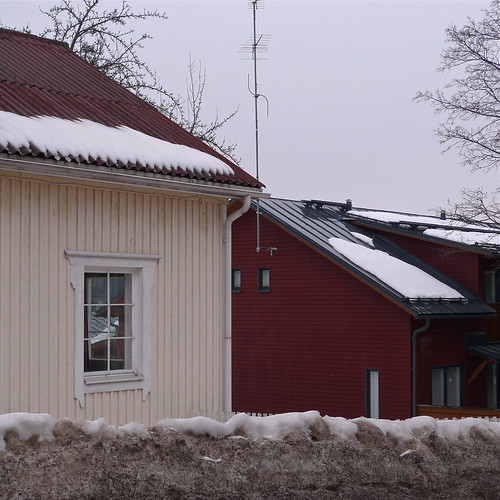Today was a wet day, but such a day is a good day, as wetness deepens the colors and thus provides opporturnities for a photographer.
Continuing the beauty vs. art vs. everyday theme, The Guardian had a nice article about "the holiday photo", saying: "My father is today nearly five years dead. But, thanks to this holiday snap, he is brought back to life for one last game, a game that never ends.[...] Those days are gone for ever and eternally present. The colours are faded, but not enough to stop the photograph breaking my heart."
Photographs do have power, every day.
But moving from the personal to the universal, what is the thing which makes a photograph into a vehicle of vision?
Friday, April 1, 2011
Vehicle of vision
Subscribe to:
Post Comments (Atom)








4 comments:
Just by way of feedback, but the image Blur hit me in a viscerally unpleasant way. I thought my eyes had stopped focusing correctly.
@Dennis: Indeed - I first deleted the photograph but then brought it back thinking there is something strange in it. I don't know whether to like it or not.
Hard to answer in general. The example was about personal memories, and for that purpose and the right set of connected people, almost every photograph works, regardless of general qualities.
The "uncommon view" works well. Take your last image in this post. The focus on the antenna concentrates the view on something that we normally tend to blend out. It's a good image.
Appealing to "shared culture" or to archetypes works as well, and so do many other strategies. I guess it's a matter of offering ways for the viewer to connect. The more, the better.
@Andreas: Thanks for the comment. This question has continued to bother me. Since writing this I read Camera Lucida, and it provided something to think about - no answers, though.
Post a Comment